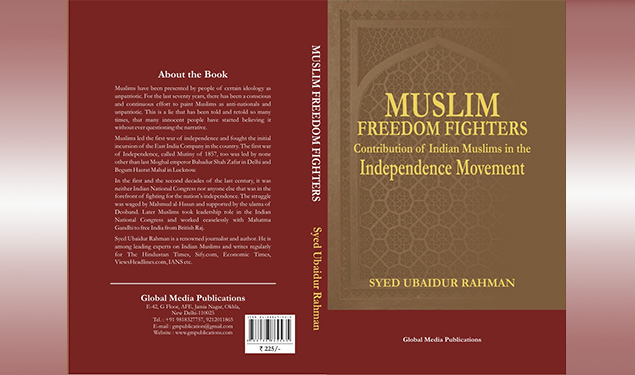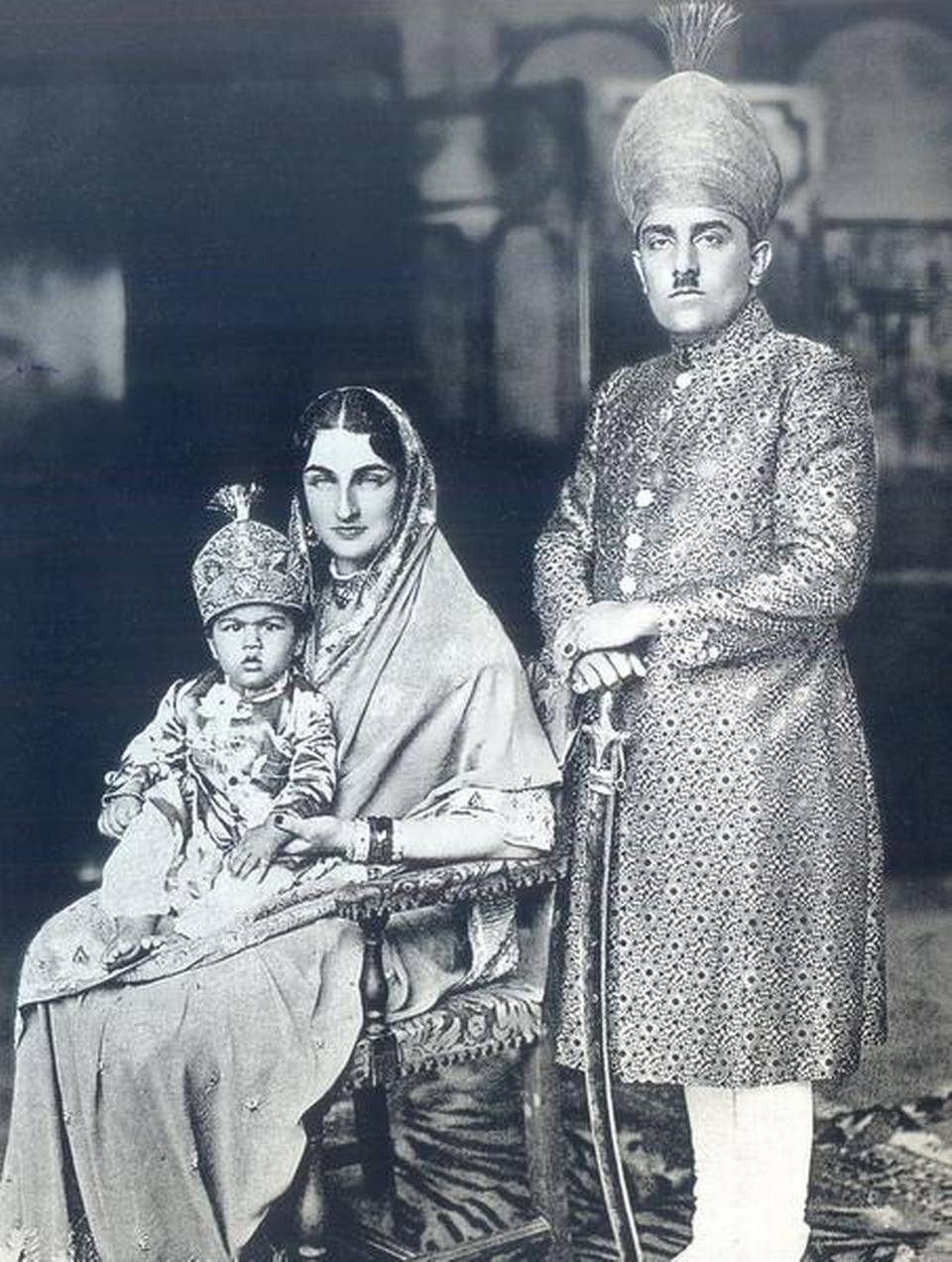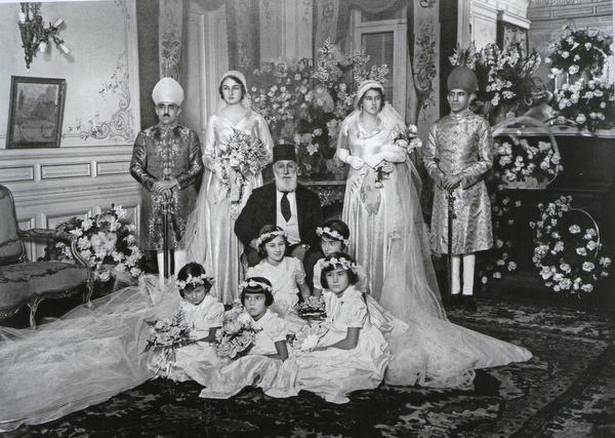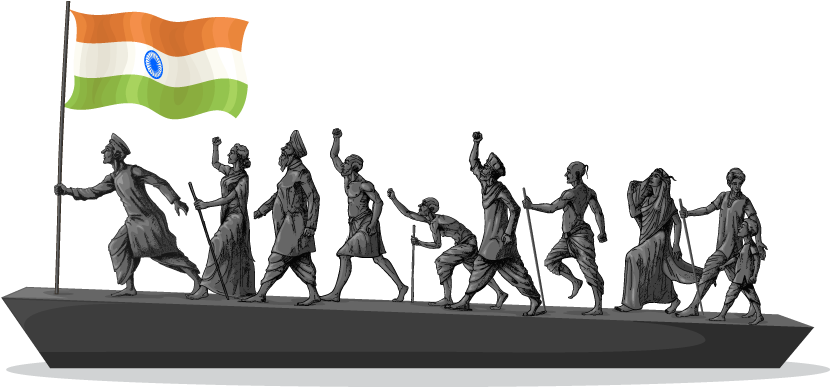INDIA / PALESTINE:

On 4 January 1931, the legendary freedom fighter, journalist, educationist and Islamic philosopher Mohammad Ali Jauhar (born 10 December 1878) passed away. He is known as one of the most dynamic and versatile leaders of the subcontinent and, indeed, the Muslim world. The story of his passing and burial in Palestine is as captivating as his role in India’s freedom struggle from British rule.
In November 1928, during his European tour, information was received in Al-Quds (Jerusalem) that Jauhar would visit Palestine on his way back to India. This news brought immense joy to the Palestinian Muslims, particularly those deeply devoted to him, and they awaited his arrival eagerly.
One Palestinian observer, Nazir Hassan Al-Ansari, wrote a detailed report on this impending visit in the Delhi-based Urdu newspaper Hamdard. In the 3 December, 1928, issue, he said that Jauhar’s telegram from Damascus was received by Syed Amin Al-Husseini, the Grand Mufti of Jerusalem, and the Head of the Muslim Supreme Council in British Mandate Palestine. He was due to arrive in Al-Quds from Damascus on 15 November, and the spacious rooms above the Sharia Department in Al-Quds were prepared for him.
According to the same report, this news spread rapidly throughout Palestine, and preparations for his reception started on the border, from the ancient crossing over of the River Jordan, Banat Yaqoob, all the way to Al-Quds. Thousands gathered along the roads, observing customary Arab traditions with horse riders and women singing Arabic songs of welcome. Although anticipated to arrive around noon, Jauhar was delayed until 10pm, leading to disappointed crowds heading homeward.
His entry into Palestine was initially declined by the British Mandate High Commissioner of Palestine, Sir (later Lord) Herbert Plumer on 16 November, despite the fervent anticipation of the Palestinians. He was finally permitted to enter Palestine on 20 November, arriving in Tiberias late in the evening in the chilling cold. Despite the adverse weather conditions, his arrival in Al-Quds the following day was met with wholehearted warmth, sincerity and enthusiasm from the people of Palestine.
Comrade and Hamdard were both newspapers published in India by Mohammad Ali Jauhar, in which he gave plenty of column inches to Palestine. He was always concerned about Palestine, and wrote about it from the beginning of his career in journalism. He was particularly vocal after the 1917 Balfour Declaration. The British government closely monitored him and others who expressed their apprehension about the fate of Jerusalem, and opposition to the Zionist movement.
This monitoring is evident in a letter from the office of the Lieutenant Governor’s Camp of the United Province, dated 1 December, 1917, to Sir James DuBoulay. The letter discussed concerns regarding the growing Muslim interest in Jerusalem and the need to monitor the New Era newspaper. “[We] are watching this particular newspaper, which is sailing as near the wind as the Comrade and Hamdard used to do; and it may be at any moment necessary to impose pre-censorship upon it or in some other way to draw its teeth.” This letter is available in the national archives of India.
Jauhar was always raising awareness about Palestine through his writing and speeches, along with his brother Shaukat Ali. A delegation from Palestine came to India in 1923–24. On 29 January 1924, the Khilafat Committee organised a public meeting in Chhota Kabrastan, Grant Road, Bombay (now Mumbai), where members of the Palestine Deputation were also present.
A report in the Times of India on 31 January 1924, headed “Palestine Deputation: An Appeal for Funds”, detailed the arrival of Muhammed Ali, Shaukat Ali and their mother, Bi Amma, who were greeted with cries of Allahu Akbar (God is Great).
The report said that after meeting the members of the Palestine Deputation, Mohammad Ali moved the following resolution: “This meeting of the Musalmans [Muslims] of Bombay offers its hearty welcome to the Palestine Deputation that has come to India to ask for financial support for the necessary repairs of Masjid-i-Aqsa and Masjid-i-Sakhra [Dome of the Rock] and is of the opinion that it is the duty of every Muslim man, woman and child to take part in this work and thus achieve prosperity and salvation in this world and the world to come.” He also appealed for donations from the Muslims, successfully mobilising the Indian Muslims for the cause of Palestine.
Mohammad Ali Jauhar arrived in London in 1930 to participate in the Round Table Conference for the Independence of India, despite his ailing health. His speech there was historic. He breathed his last at London’s Hyde Park Hotel on 4 January 1931. The funeral prayer was scheduled for the following day at 6pm in Paddington Town Hall. The then Afghan Ambassador, Egyptian Ambassador, Iranian Ambassador and all the members of the Round Table offered their shoulders to carry the bier on which lay Jauhar’s body. There was a huge crowd of British people outside the hall, and British representatives of all parties were also present inside the hall.
Everyone wanted Jauhar to be buried in their city. The people of London believed that he should be buried there, but his family was against it. His widow, Amjadi Bano Begum, wanted to take him to India, and hundreds of telegrams came from India calling for him to be taken home.
The Grand Mufti of Palestine, Amin Al-Husseini, requested that Mohammad Ali Jauhar be buried in Baitul Muqaddas, Jerusalem. It is said that his motive was to associate the Muslims of India with Palestine on religious grounds. Just as the Muslims of India love Makkah and Madinah, so too should they love Baitul Muqaddas.
Shaukat Ali agreed to the Grand Mufti’s request. The body was kept in London for five days, then it was sent by ship to Egypt, arriving in Port Said on 21 January 1931, where it was placed under the supervision of representatives of the Egyptian government and conveyed to the Abbas Mosque, accompanied by a police bodyguard. Egypt presented a piece of the Kiswa (the cloth that covers the Ka’bah in Makkah) to be placed on the coffin. The funeral prayer was performed again in the mosque, after which Jauhar’s remains were carried through the streets lined by respectful crowds.
According to Reuters, special prayers were held in mosques across Palestine after the midday prayer. The news that the body was being taken for interment in the Noble Sanctuary of Al-Aqsa (Haram Al-Sharif) was welcomed widely as evidence of the strengthening of the friendship between the Muslims of India and Palestine.
When Mohammad Ali Jauhar’s remains arrived in Jerusalem on 23 January, all shops closed out of respect.
Shaukat Ali and Mufti Amin Al-Husseini led the funeral procession; navigating through a massive crowd, it took them three hours to reach Masjid Al-Aqsa. Following the Friday prayer, the funeral prayer was offered for the third time, with an estimated congregation of around two hundred thousand people. Mohammad Ali Jauhar was finally laid to rest amidst speeches by numerous prominent Muslim leaders.
According to a report by the Times of India on 14 September 1929, Jauhar presided over a public meeting of Muslims in Bombay the day before. The meeting deliberated on the appropriate next steps considering the responses of British ministers and the Government of India to the unified demands of Muslims regarding the ongoing events in Palestine. He was reported to have said that the Muslims alone were the owners of Jerusalem, which was the land of their first Qibla (direction of prayer) and thus held in great reverence.
“The British wanted to give the Jews full rights over the Wailing Wall,” said Jauhar. “The divide-and-rule policy of the Europeans had proved useful. Instead of withdrawing the Balfour Declaration, the government wanted to enforce it on the Arabs, and the only reply they could give to it was that the Mussalmans [sic] should ask for the independence of India and free it from the shackles of India.” The meeting and other such events were utilised by him to garner support for India’s freedom and educate Muslims about Palestine.
He was also reported to have said that he would sacrifice his life and see that no stone was left unturned to liberate Palestine from British control. He urged Indian Muslims to intensify their efforts to secure India’s freedom, stating that the freedom of Palestine and other Islamic countries from foreign domination hinged on India’s independence.
An article in the Palestine Bulletin on 5 January 1931 following his demise mentioned Jamaal Husseini’s visit to the esteemed leader just before leaving London. During their meeting, Mohammad Ali Jauhar assured Husseini: “Do not think that I have forgotten Palestine. The memory of Palestine will be in my mind as long as I live.” He then asked him to give his greetings to all of the Muslims of Palestine.
The life of Mohammad Ali Jauhar was an exemplary bridge between the Muslims of India and Palestine. After his death, his brother Shaukat Ali took over the task of further strengthening the cause of Palestine in India. As ongoing events in Israeli-occupied Palestine demonstrate, that need is as great today, if not more so, than it was a century ago.
Afroz Alam Sahil is an Indian journalist and author. Afshan Khan is a PhD candidate in Political Science and International Relations at Istanbul Sabahattin Zaim University. She can be contacted at @AfshanKhanSahil on X.
source: http://www.middleeastmonitor.com / Middle East Monitor (MEMO) / Home> Opinion / by Afzoz Alam Sahil and Afshan Khan / January 04th, 2024












